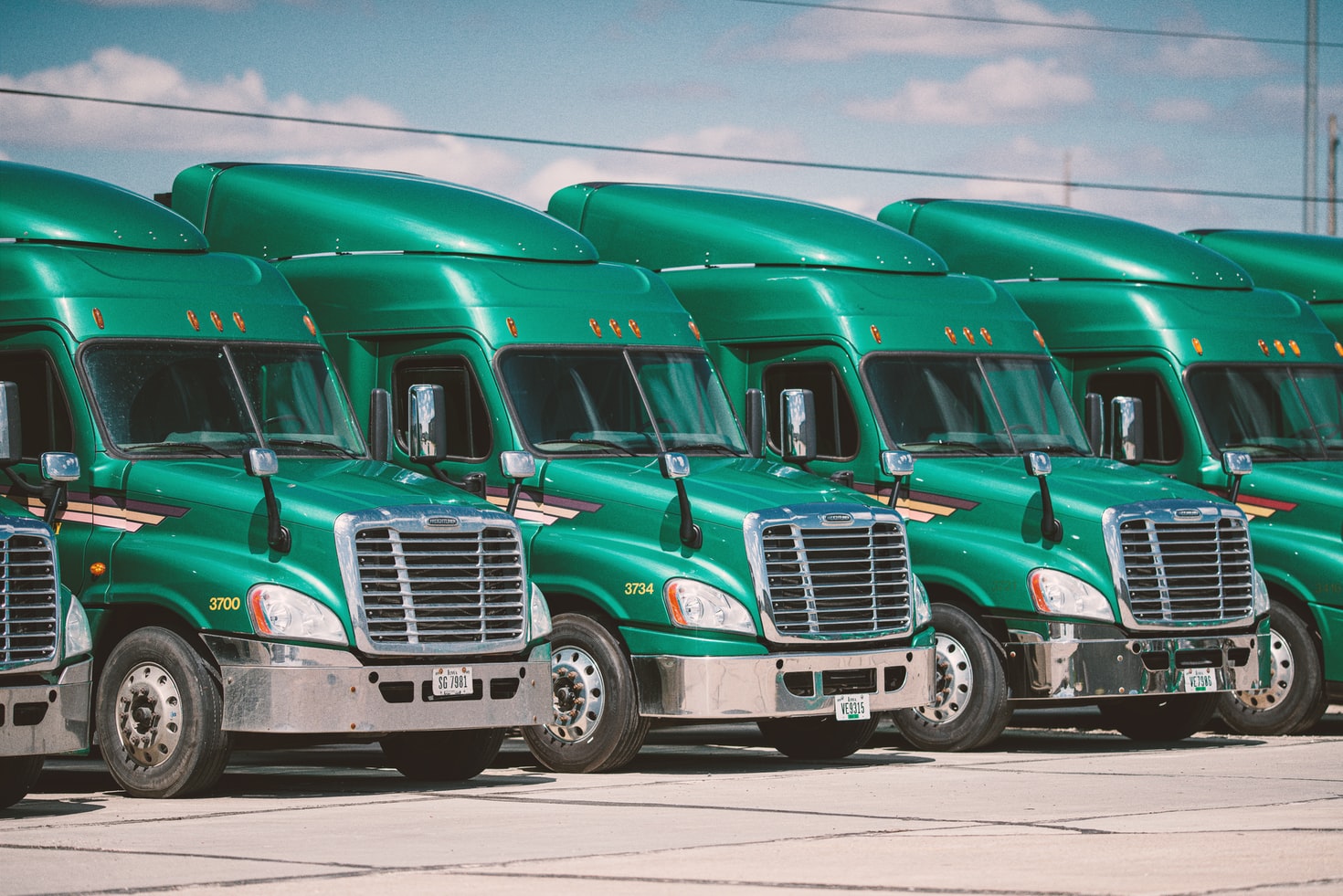The Covid-19 pandemic left lasting effects on freight transporters, leaving companies continually responding to the unique crisis as new information arises. With an unprecedented increase in demand for services and goods and a decrease in the supply of vehicles and drivers, the rapid rise of e-commerce and at-home deliveries has significantly impacted the freight transportation industry. At the same time, the travel demand has plummeted to a modern all-time low allowing for a decrease in bottlenecks for freight transporters while en route to their destination. With increased demand, a decrease of new big rigs, truck driver shortages, and port congestion, companies look for local and industry-wide solutions to provide immediate relief to the supply chain and logistics sector.
Increased Demand for Freight Transportation
The increased demand for freight transporters has pointed out the importance of smart freight planning both locally and regionally. At the start of the pandemic, when the need for at-home delivery skyrocketed, manufacturers could not keep pace. Freight transporters were ready, and once goods started to become available, the transportation sector had to work longer hours to deliver on essential items. This shift in consumer needs will continue to affect the transportation industry for the foreseeable future, with shipping projections forecasted to increase 23.5 percent by 2025 and a total of 45 percent by 2040.
Decrease Supply of New Vehicles
With consumer demand increasing, the number of vehicles needed to support essential and non-essential good transportation also accumulates. The shortage of semiconductors, chips, and labor caused the production of heavy-duty trucks to slow down to its lowest output level since May 2020, when the coronavirus shut down a large portion of the U.S. economy and is still unable to meet the demand for new big rigs. These production problems for Class 8 freight transporters, which haul most domestic freight, are driving up the cost of used trucks and straining the supply chain ahead of one of the year’s busiest seasons, August through October.
Truck Driver Shortage
Rife with massive labor shortages, the U.S. economy is also presenting ongoing challenges for the transportation industry. As veterans retire, there are not enough new drivers to take their place. According to Global Trade Magazine, nearly 57% of all truck drivers are older than 45 years old, and 23% are over 55.
Industry leaders also expect Covid-19 restriction to cause persistent backlogs as new drivers resist getting back on the road. The Department of Motor Vehicles (DMV) delayed certain services affecting all people who drive, including those looking to get their commercial licenses to operate a truck for the first time. Some driver training centers had to hold smaller classes or close altogether. Companies will need to plan for ongoing recruiting to help fill this gap and the availability of current workers to ensure there is always someone on staff with the necessary skills and training needed to keep networks operational.
Congestion at the Ports
While port congestion is something that the logistics industry has dealt with for years, 2021 has seen record-breaking backlogs of incoming cargo with no sign of relief. A container shortage was already underway when massive consumer demand for toilet paper, diapers, inflatable pools, and instant yeast caused congestion at ports. For cargo and ports to move smoothly, cargo owners need to pick up their containers promptly and return the empty container to port. Still, with less truck drivers, this means fewer freight transporters are available to deliver cargo from ports to a warehouse or other locations. This issue is likely to remain through 2021 and is expected to take industry-wide cooperation to resolve.
How Freight Transporters are Responding
The government has deemed trucking services as essential and are therefore exempt from lockdown measures, but companies must look to keep workers safe, avoid further spread of the virus, and continue the transportation of critical goods. To achieve these goals, companies are responding with the following:
- New Safety Protocols: To protect staff, companies have introduced new safety measures including social distancing, disinfecting work areas, providing personal protective gear, and giving staff increased time off.
- Adapting Offerings to Meet Demand: Freight transporters are focusing their offerings to meet demand at shipping ports. For highly essential products such as pharmaceuticals, companies in the last-mile segment are offering no-contact delivery options.
- Looking Forward: Companies are looking to develop a clear framework and perspective on trends to help anticipate upcoming challenges and potential opportunities in the freight transporters market to avoid, or be better prepared for, such obstacles in the future.
If you are looking for a freight transporter service, contact East Coast Transport, LLC. We work with numerous carriers to get your cargo transported and delivered on time and in full. Our services include FTL, Intermodal, LTL, Expedited, and more. Get a free freight quote today!

